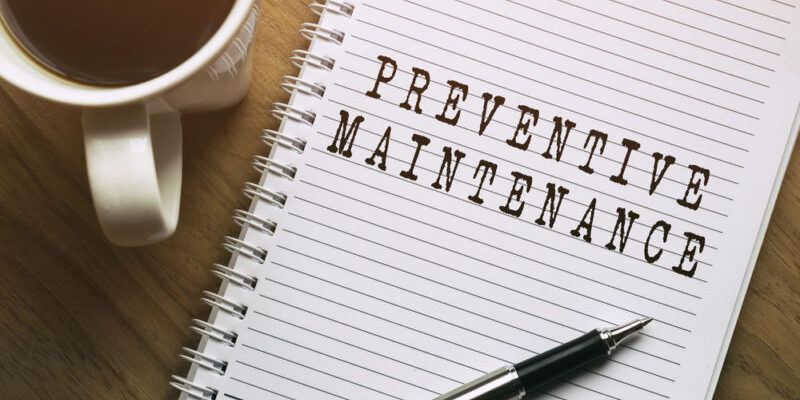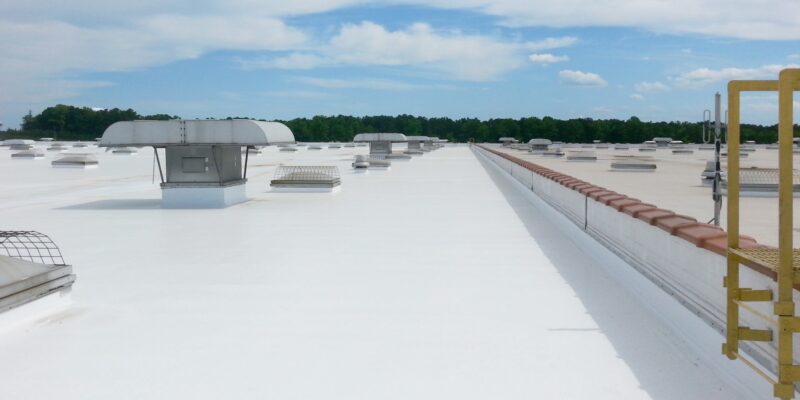Structurally speaking, not many options are given when constructing a commercial building. Concrete, brick/block, steel, or wood are essential to the structural integrity of your building. However, the exterior finish doesn’t have to be concrete gray or brick red. Wall panels, rainscreen, curtain walls, and accent systems can be installed over the exterior walls (new or existing) and are available in a wide range of standard, premium, and metallic colors. Also, the systems are available in a variety of profiles, shapes, and textures, which will “Spice Up Our Concrete World”. I know….cheesy, but true. On a serious note, the installation of those systems will protect the structural components and require far less maintenance than just paints and coatings.
In case you didn’t know, Cole Roofing is not just a roofing company. Cole Roofing also installs wall systems. Contact Cole Roofing today to assist you with designing and installing your next wall system!




